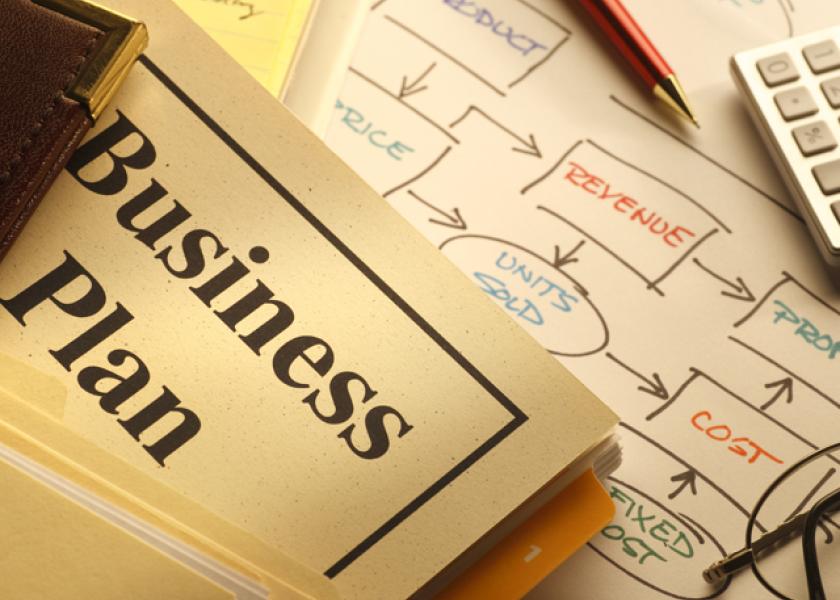Faust: Your Business’ Worth & How To Make It More

Do you have a clear, up-to-date idea of what your business is worth? And do you know the combination of levers to pull to increase its value, or do you know how not improving will reduce its value?
Within most every owner’s relationship with his or her business, that owner will experience a liquidation event. It may be the purchase, sale or transfer of ownership from one generation to the next.
Reveal The Potential. Every time I create a valuation report, the outputs illuminate growth levers conservators of the business hadn’t considered. My framework has more than 48 points of information from more than four years of history for the business and some projections. These create ratios—familiar to seasoned CFOs—but too often, companies don’t consider the power behind optimizing performance in these areas.
I look at 12 financial ratios with my clients. Some of them include: return on equity, debt to equity, fixed assets turnover, income to revenue and fixed assets to income pretax. The impact on your company’s value as well as the enhanced leveraging of financial and physical resources is often shocking to ownership or the executive team.
A clear understanding of valuation factors can empower you to accelerate growth. Over time, a few minor improvements for a $10 million firm can have a seven-figure impact on value and earnings. For example, capital is directly freed up or made available because of the company’s increased value.
Refusing to pay attention to all of these ratios means leaving money or fuel for your business on the table. If you want to find out what your business is worth and which ratios provide growth levers that you can use to increase your firm’s value, then email me, and I’ll get you the tools to build your plan.
Know The Value. Your company has three types of value. First is asset sale value. This common transaction-oriented fair market value includes your firm’s inventory, fixtures and equipment and all intangible assets ranging from customer base to goodwill.
Enterprise value is the fair market value estimate equal to the “total value of the firm” or the value of the firm’s equity plus its long-term debt. It reflects the value of the entire capital structure—equity holders and debt holders—or the “enterprise.”
Liquidation value is based on the key assumption of insolvency and the immediate sale of all assets—on or off the balance sheet—at or near “fire sale” level coupled with the nearly simultaneous retirement of all liabilities. This figure does not include accounts receivable.
As an owner or an executive, you have an obligation to measure, understand and set the appropriate objectives behind this information. Without being aware of your valuation ratios and prioritizing where and how to improve them, you are literally walking past current profits as well as future cash during your next inevitable liquidation event.
A noncertified valuation shouldn’t cost you a penny, but with a few hours of thought and analysis, the returns could literally be worth millions.







